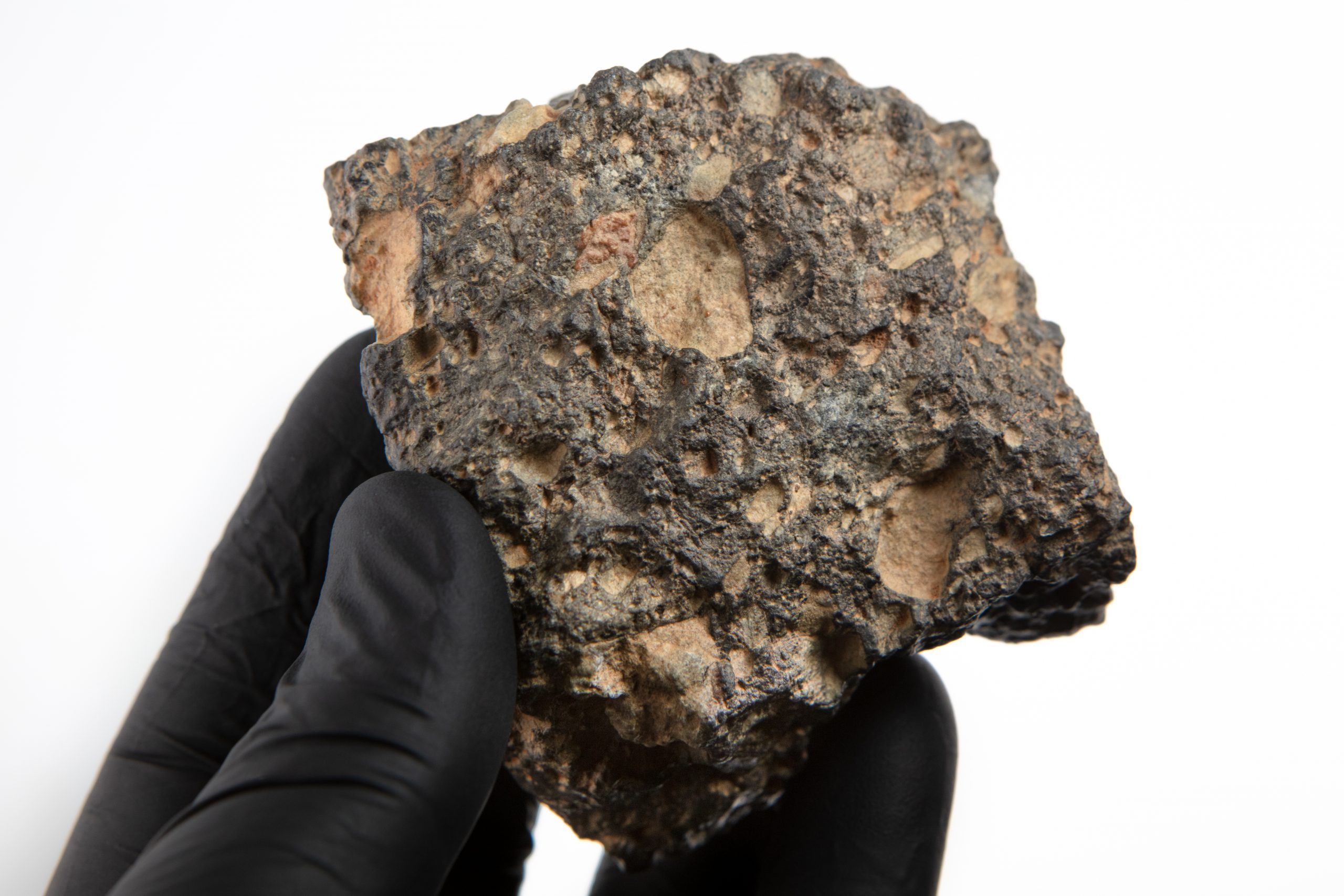

Meteorites crash through the atmospheres of all planets and moons in our solar system. Thermal ablation creates these different textures due to different chemicals present in the meteorite. Known as thermal ablation, this process can also give meteorites a roughened, smooth, or thumbprint surface. This exterior is formed as friction from the atmosphere melts the meteorite as it crashes toward Earth. The Hoba meteorite is so big, and so heavy, it has never been moved from where it was found! Most meteorites look very much like rocks found on Earth, except meteorites usually have a dark, burned exterior.

The Hoba meteorite weighs roughly 54,000 kilograms (119,000 pounds).

The largest meteorite found on Earth is the Hoba meteorite discovered in Namibia in 1920. Some meteorites, however, are as large as boulders. Dust-sized particles called micrometeorites make up 99 percent of the approximately 50 tons of space debris that falls on the Earth’s surface every day. Meteoroids become meteors when they crash into Earth’s atmosphere and the gases surrounding them briefly light up as “shooting stars.” While most meteors burn up and disintegrate in the atmosphere, many of these space rocks reach Earth’s surface in the form of meteorites. Meteoroids are lumps of rock or metal that orbit the sun. Before they were meteors, they were meteoroids. Before they were meteorites, the rocks were meteors. Meteorites are the last stage in the existence of these type of space rocks. Meteorites are space rocks that fall to Earth’s surface.


 0 kommentar(er)
0 kommentar(er)
